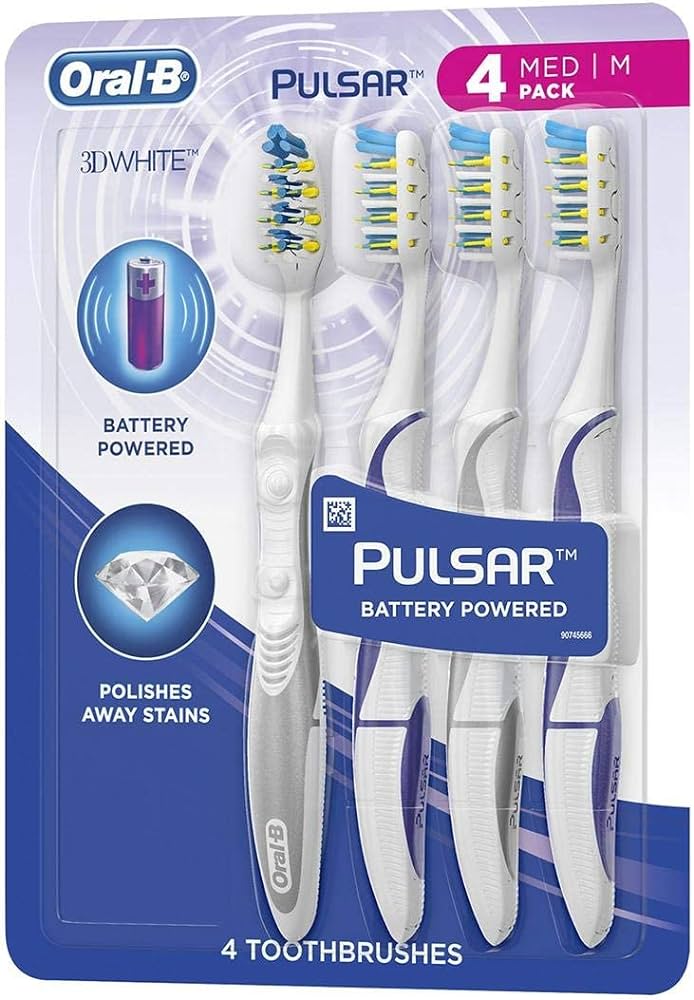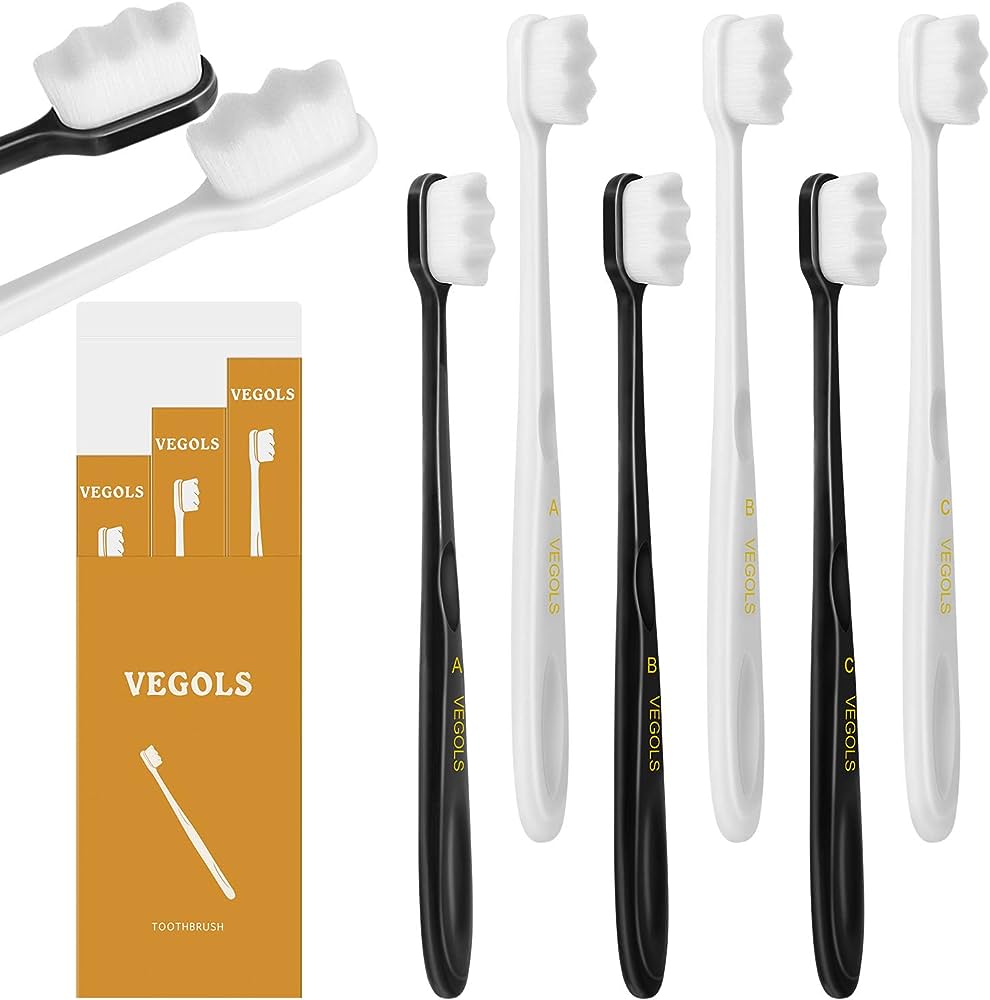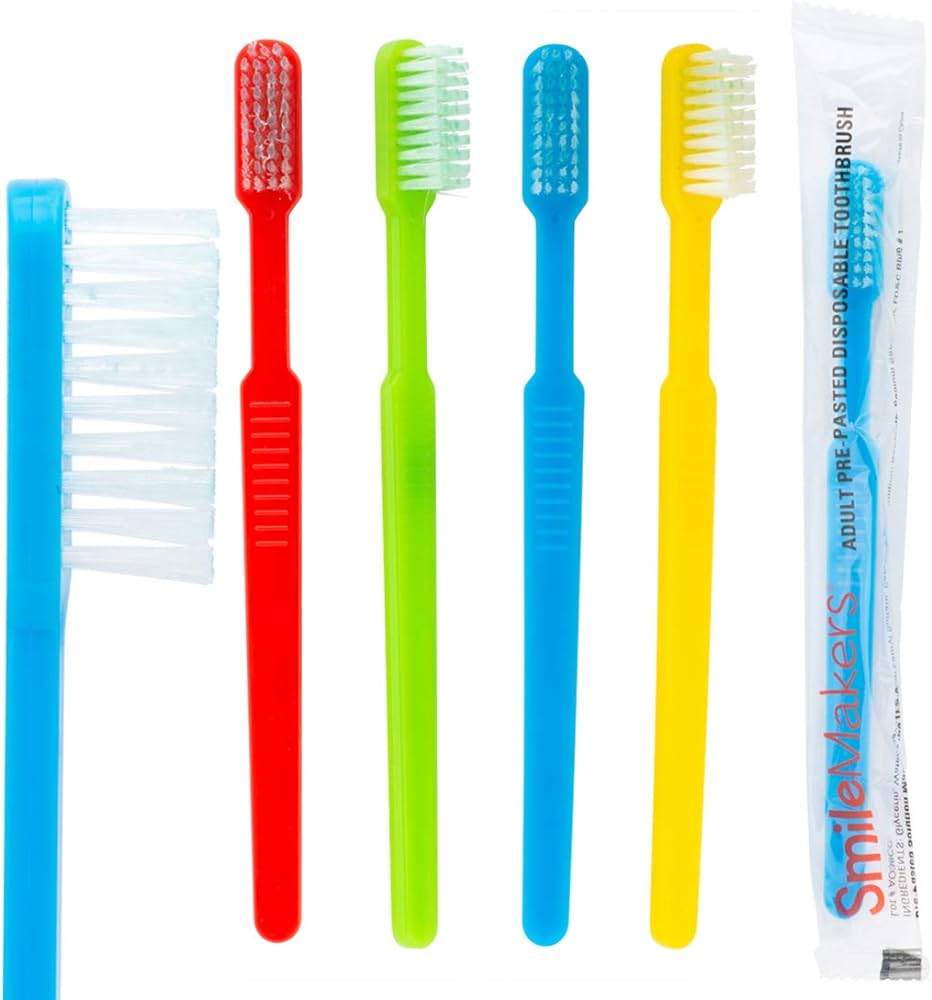Introduction:
Recovering from strep throat can involve various steps to ensure a full recovery and prevent reinfection. One important yet often overlooked aspect of the recovery process is replacing your toothbrush. Understanding when and why you should change your toothbrush after strep throat can help safeguard your health and promote better hygiene. This comprehensive guide explores the reasons behind this recommendation, the optimal timing, and related best practices.

When to Change Toothbrush After Strep Throat:
Why and When Should You Replace It?
Understanding Strep Throat:
What Is Strep Throat and How Is It Contracted?
To understand the importance of changing your toothbrush after strep throat, it’s essential to know what strep throat is and how it affects you.
Cause and Symptoms:
Bacterial Infection:
Streptococcus Pyogenes: Strep throat is a bacterial infection caused by Streptococcus pyogenes, also known as Group A Streptococcus. It primarily affects the throat and tonsils.
Symptoms: Common symptoms include severe sore throat, red and swollen tonsils, white patches or pus on the tonsils, fever, headaches, and swollen lymph nodes.
Modes of Transmission:
Person-to-Person: Strep throat spreads through respiratory droplets when an infected person coughs or sneezes. It can also be contracted by touching surfaces contaminated with the bacteria and then touching your face, mouth, or nose.
Shared Objects: Sharing personal items, such as utensils, cups, or towels, with an infected person can facilitate the transmission of the bacteria.

The Role of Toothbrushes:
How Can a Toothbrush Harbor Streptococcal Bacteria?
Toothbrushes can serve as reservoirs for bacteria, including Streptococcus pyogenes, making it necessary to change them after recovery.
Bacterial Contamination:
Direct Contact:
Mouth Bacteria: When you brush your teeth, bacteria and viruses from your mouth and throat can transfer to the toothbrush. This direct contact can harbor streptococcal bacteria.
Moist Environment:
Breeding Ground: Toothbrushes often remain moist after use, providing a favorable environment for bacterial growth and survival. The damp, dense bristles make it easier for bacteria to thrive.
Reinfection Risk:
Self-Reinfection:
Persistent Bacteria: Using the same toothbrush after strep throat recovery poses a risk of reintroducing the bacteria into your system, prolonging illness or causing recurrent infections.
Cross-Contamination:
Family Members: Storing toothbrushes close to those of family members or sharing the same toothbrush can lead to cross-contamination and spread the infection.

Optimal Timing:
When Is the Best Time to Change Your Toothbrush After Strep Throat?
Determining the right time to change your toothbrush ensures you minimize the risk of reinfection and promote a swift recovery.
During Recovery:
Initial Symptoms:
Start of Illness: Some experts recommend changing your toothbrush as soon as you start experiencing symptoms of strep throat. This prevents further contamination while you are still infectious.
One-Week Mark: If changing at the start is not feasible, consider replacing your toothbrush about a week after the onset of symptoms. This allows you to reduce bacterial load during the critical early stage of the illness.
After Antibiotic Treatment:
Completion of Prescription:
Full Course: The optimal time to change your toothbrush is after completing the full course of antibiotics, which usually spans 10 days. This timing ensures that the majority of the bacteria are eradicated from your system.
Two-Day Posttreatment: To be extra cautious, replace your toothbrush two days after completing antibiotic treatment. This ensures any remaining bacteria on the toothbrush are removed, minimizing reinfection risk.
Maintenance Practices:
What Are the Best Hygiene Practices for Toothbrush Care During and After Recovery?
Adopting good hygiene practices for your toothbrush can further reduce the risk of bacterial contamination and reinfection.
Daily Care:
Rinsing:
Thorough Cleaning: After each use, rinse your toothbrush thoroughly under hot water to remove debris and bacteria. This step helps keep the bristles cleaner and reduces bacterial load.
Air Drying:
Upright Position: Store your toothbrush in an upright position to allow it to air dry completely between uses. A dry toothbrush is less likely to harbor bacteria compared to a moist one.
Avoiding Covers:
No Enclosed Spaces: Avoid using toothbrush covers or storing your toothbrush in enclosed spaces. These environments retain moisture and can promote bacterial growth.
Replacement Routine:
Every Three Months:
Regular Replacement: Regardless of illnesses, it’s important to replace your toothbrush every three months. Over time, toothbrush bristles become less effective and can accumulate bacteria.
Post-Illness Check: Always replace your toothbrush after recovering from illnesses, especially contagious ones like strep throat, to prevent bacteria from re-entering your system.

Choosing the Right Toothbrush:
How Can You Select an Effective Toothbrush for Health and Hygiene?
Selecting the right toothbrush can improve oral hygiene and reduce the risk of bacterial contamination.
Type of Toothbrush:
Manual vs. Electric:
Manual Toothbrush: Manual toothbrushes are widely used and effective when used properly. They require correct brushing techniques to maximize their efficiency.
Electric Toothbrush: Electric toothbrushes are often more effective in reducing plaque and gingivitis. They can be particularly beneficial for those who struggle with manual brushing or have reduced dexterity.
Bristle Type:
Soft Bristles:
Gentle on Gums: Choose a toothbrush with soft bristles to be gentle on gums and tooth enamel. Soft bristles can effectively clean teeth without causing damage or irritation.
Anti-Bacterial Bristles:
Enhanced Protection: Some toothbrushes have anti-bacterial bristles designed to reduce bacterial buildup. Consider these options for an added layer of protection.
Storage Considerations:
How Should You Store Your Toothbrush to Minimize Bacterial Growth?
Proper storage of your toothbrush can significantly impact its hygiene and effectiveness in preventing bacterial growth.
Bathroom Environment:
Clean and Dry:
Avoid Moist Areas: Store your toothbrush in a clean, dry place. Avoid placing it near the toilet or in containers that can accumulate water and create a humid environment.
Separate Storage:
Individual Holders: Use individual toothbrush holders or storage systems to prevent cross-contamination between toothbrushes of different family members.
Traveling Tips:
Portable Containers:
Ventilated Cases: While traveling, use ventilated toothbrush cases that allow airflow and prevent moisture buildup. Avoid airtight containers that can trap bacteria.
Dry Before Packing: Ensure your toothbrush is dry before packing it in a travel case. Pat dry with a towel if necessary to reduce residual moisture.

Combining Practices:
How Can Comprehensive Oral Hygiene and Health Strategies Prevent Infection?
Combining good oral hygiene practices with general health strategies can further reduce the risk of bacterial infections and improve overall well-being.
Oral Hygiene Routine:
Brushing Technique:
Effective Brushing: Brush your teeth at least twice a day using fluoride toothpaste. Use gentle, circular motions to clean all surfaces of your teeth and gums effectively.
Flossing:
Daily Flossing: Incorporate daily flossing into your routine to remove plaque and debris between teeth where toothbrushes can’t reach.
Mouthwash:
Anti-Bacterial Rinse: Use an anti-bacterial mouthwash to help kill bacteria in your mouth, enhancing your oral hygiene routine.
Healthy Habits:
Diet and Nutrition:
Boost Immune System: A balanced diet rich in vitamins and minerals can support your immune system, helping your body fend off infections more effectively.
Hydration:
Staying Hydrated: Adequate hydration helps maintain overall health and supports the body’s natural defense mechanisms against infection.
Medical Consultation:
Regular Checkups:
Dental Visits: Schedule regular dental checkups to ensure optimal oral health and catch any potential issues early.
Medical Advice: Consult your healthcare provider for personalized advice on infection prevention and optimal health practices.
Conclusion
Changing your toothbrush after recovering from strep throat is a vital step in preventing reinfection and promoting better oral and overall health. By understanding the role of toothbrushes in harboring bacteria, practicing optimal timing for replacement, and maintaining good hygiene, you can effectively manage your recovery process. Incorporate best practices for toothbrush care, storage, and comprehensive oral hygiene to ensure long-lasting health and prevent future infections.

